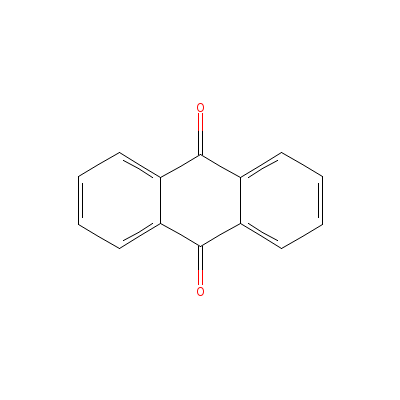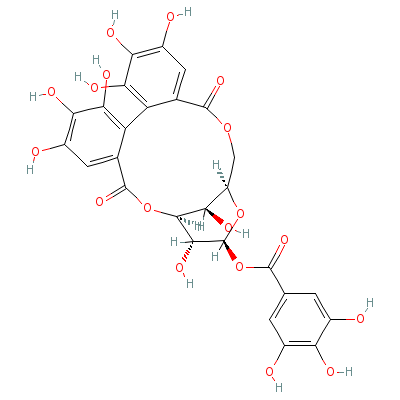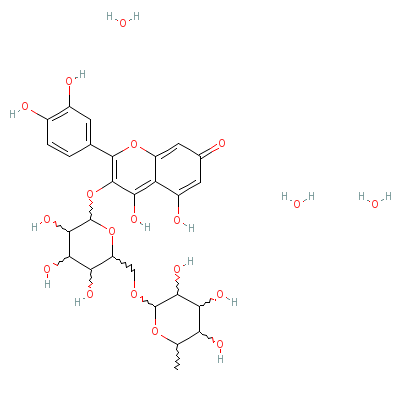Polygonum hydropiper Linn. |
| |
|
|
Botanical Name |
: |
Polygonum hydropiper Linn. |
English
Name |
: |
Pepperwort, Smartweed and Waterpepper |
Synonym(s) |
: |
Polygonum flaccidum Meissn. |
Family |
: |
Polygonaceae |
| |
General Info
| Description |
 |
|
A glabrous, often glandular, reddish, annual or perennial herb, up to 80 cm high. Leaves linear-lanceolate or oblong-lanceolate with resinous cavities; flowers pink or red in slender racemes: nuts granulate, finely dotted. |
| Herb Effects |
 |
|
Stimulant, hemostatic, sedative, diuretic, styptic, emmenagogue and lithontriptic (plant); antiovulatory, stimulant, diuretic, carminative, tonic and anthelmintic and antifertility (root); anti-inflammatory, astringent, carminative, diaphoretic, diuretic, emmenagogue, stimulant, stomachic, styptic, antibiotic and cytotoxic (leaf); carminative, diuretic and stimulant (seed) |
Chemistry
| Active Ingredients |
 |
|
Polygodial, warburganal, confertifolin and drimenol (leaf); anthraquinone and hydropiperoside (root); flavonoids, tannins and rutin (plant); izotadeonal (essential oil). |
| Chemistry
of Active Ingredients |
 |
|
|
 |
Name |
CAS# |
IUPAC Name |
Formula |
Structure |
 |
|
| Polygodial |
33118-34-2 |
(1S,4aR,8aR)-5,5,8a-
trimethyl-1,4,4a,6,7
,8-hexahydronaphthal
ene-1,2-di
carbalde
hyde |
C15H22O2 |

|
| Warburganal |
Not Available |
(1S,4aS,8aS)-1-hydro
xy-5,5,8a-trimethyl-
4a,6,7,8-tetrahydro-
4H-naphtha
lene-1,2
-dicarbaldehyde |
C15H22O3 |

|
| Confertifolin |
Not Available |
Not Available |
C15H22O2 |

|
| Drimenol |
468-68-8 |
(2,5,5,8a-tetramethy
l-1,4,4a,6,7,8-hexah
ydronaphthalen-1-yl)
methanol |
C15H26O |

|
| Anthraquinone |
84-65-1 |
Anthracene-9,10-dion
e |
C14H8O2 |

|
| Tannin |
1401-55-4 |
Not Available |
C27H22O18 |

|
| Rutin |
Not Available |
2-(3,4-dihydroxyphen
yl)-4,5-dihydroxy-3-
[3,4,5-trihydroxy-6-
[(3,4,5-tr
ihydroxy
-6-methyl-tetrahydro
pyran-2-yl)oxymethyl
]tetrahydropyran-2-y
l]
oxy-chromen-7-on
e trihydrate |
C27H36O19 |

|
|
|
|
|
|
|
Pharmacology
| Medicinal Use |
 |
|
In treating diarrhoea, dyspepsia, itching skin, excessive menstrual bleeding, menstrual pains and haemorrhoids and as a sedative (plant); as a tonic (root). |
| Contraindication |
 |
|
People with a tendency to rheumatism, arthritis, gout, kidney stones or hyperacidity should take especial caution if including this plant in their diet since it can aggravate their condition. |
| Reference |
 |
|
 Chandel et al., Biodiversity in Medicinal and Aromatic Plants in India. Chandel et al., Biodiversity in Medicinal and Aromatic Plants in India.
Stary, Medicinal Herbs and Plants. |
Dealers
Products
|
|
|
|
|